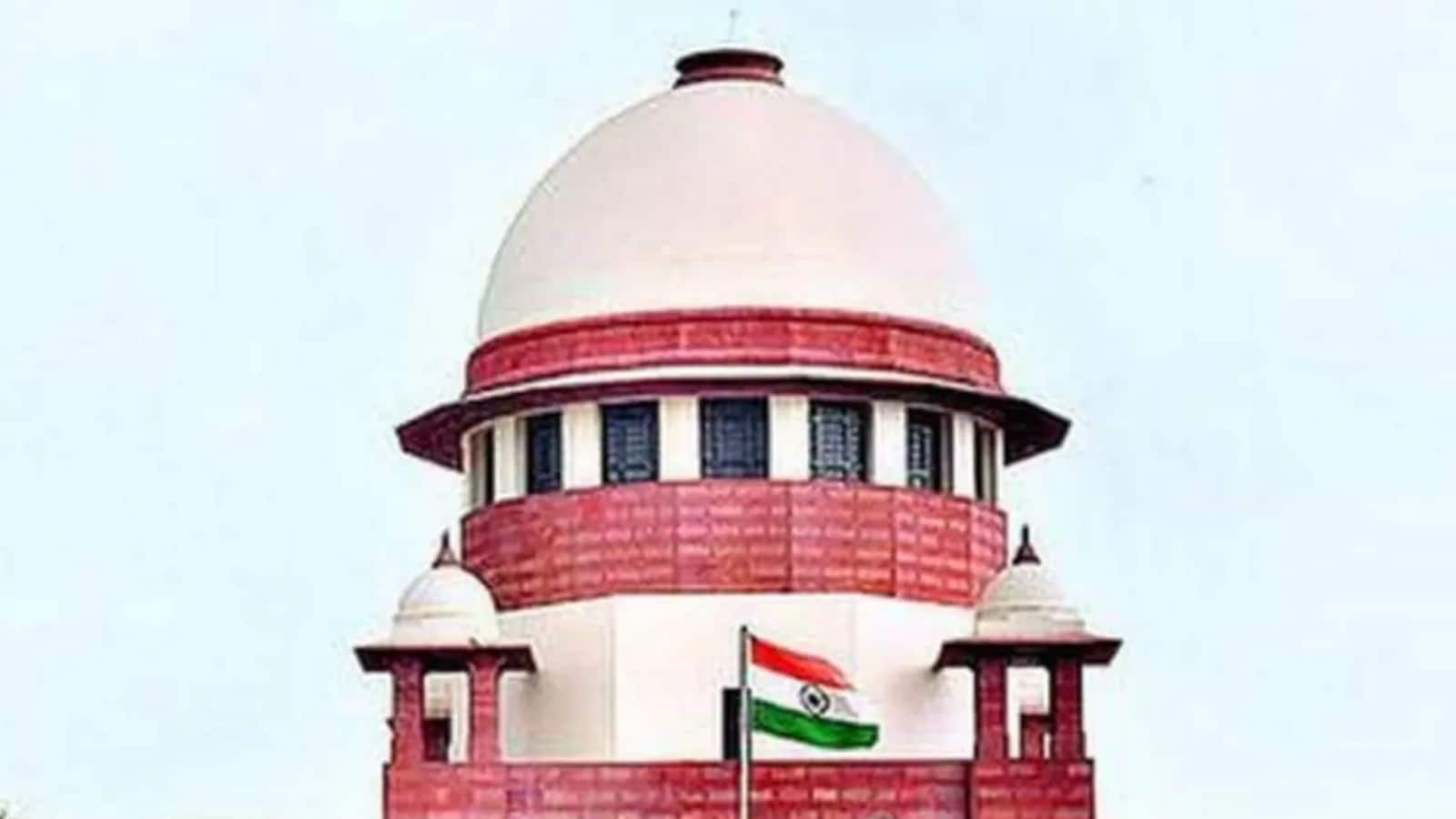Recent natural calamities in the hills don’t appear to be a deterrent for the travel-obsessed in Bengal, who are headed to north Bengal and to the northeast, making the hilly belt a popular destination this winter.
Tour operators said that north Bengal is today popular like never before among tourists from Kolkata and around, with the traffic rising steadily by about 15% every year. This wasn’t the case, they said, until about a decade ago, when a large number of people also went to seaside destinations, including Digha and Puri. According to them, the explosion in the numbers headed to the hills came mainly after the COVID-19 pandemic.
“There are many factors behind this. One, a number of homestays have come up in the mountain villages. Two, people can no longer afford long leave and go to distant places for holiday; they now take short leave several times a year, and north Bengal serves as an ideal destination because it is near and yet offers a good break. Three, social media — people are attracted by pictures posted by others. Four, more people can now afford a trip to the hills,” Riddha Datta of Altitude Adventure Holidays said.
“Pictures posted by others on social media are too difficult to resist,” Mr. Datta said, when asked why tourists were still bound for north Bengal in spite of the recent landslides, adding, “Also, the situation is usually not as bad as what you see in the media.”
Many are headed this winter to Sandakphu, in Darjeeling district. “Sandakphu isn’t just a destination; it’s an experience. It’s the highest point in West Bengal, perched at 11,930 ft, and is famously called the ‘Sleeping Buddha’ viewpoint because you can see four of the world’s five highest peaks from there — Everest, Kanchenjunga, Lhotse, and Makalu. I have seen countless photos of this view, now I want to stand there myself,” Divya Rastogi, a young doctor who has just completed her MD from Kolkata’s KPC Medical College, said.
“I am not expecting luxury or comfort — in fact, I am expecting the opposite. I want to test my endurance, to feel the burn in my legs as I climb. I am expecting to reconnect with simplicity — with walking, breathing, and just being,” Dr. Rastogi said.
Soma Roy, who works with Indian Council of Agricultural Research-National Institute of Natural Fibre Engineering and Technology in Kolkata, is also set for Sandakphu, and she explains why winter is the best time to be there. “During this time, the skies remain crystal clear, offering superb visibility of the entire Himalayan range,” Ms. Roy said, adding, “Sandakphu is considered a beginner friendly trek, suitable for anyone with basic fitness levels. Trekkers get the opportunity to interact with local villagers, gaining insights into their culture, traditions, and simple mountain lifestyle.”
Debjani Sengupta, on the other hand, is going to Nagaland. “What truly drew me to it is the Hornbill Festival, which I came to know about from my daughter. Often called the ‘festival of festivals’, it showcases the rich heritage and tribal traditions of Nagaland — something I have always wished to explore. Another highlight I’m eagerly looking forward to is visiting the Dzükou Valley. This trip holds a personal significance as well. At almost 60 years of age, I have decided to take up trekking for the first time. It feels like the right moment to step out of my comfort zone and experience something new and challenging,” Ms. Sengupta said.
Maitrayee Paul, who works with the West Bengal government and is also planning to attend the Hornbill Festival, explained why Bengalis love the mountains. “They are an emotional escape from the plains. The mountains don’t just offer scenery, they offer perspective. Also, Darjeeling, Kalimpong, Kurseong, and later Sikkim, have been traditional summer retreats for Bengalis. Writers like Rabindranath Tagore, Bibhutibhushan Bandyopadhyay, and Sunil Gangopadhyay wrote about the Himalayas as spaces of purity and introspection — a contrast to the chaos of city life,” Ms. Paul said.
Niles Mondal, with the Indian Institute of Technology-Kanpur at the moment as a research scholar, is headed to Nepal. “This is going to be my first visit to that country. I will be visiting the mountain town of Pokhara and I have also decided to embark on the Annapurna Base Camp trek from there. I have done some moderate treks in the Indian Himalayas with guides and porters, but that always felt like hangovers from our colonial past. It supports the local economy in our mountain States but I wanted to challenge myself by walking alone,” Mr. Mondal said.

 7 hours ago
4
7 hours ago
4








 English (US) ·
English (US) ·